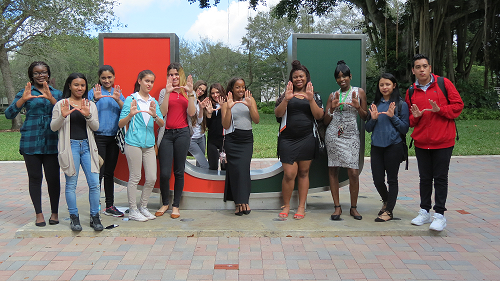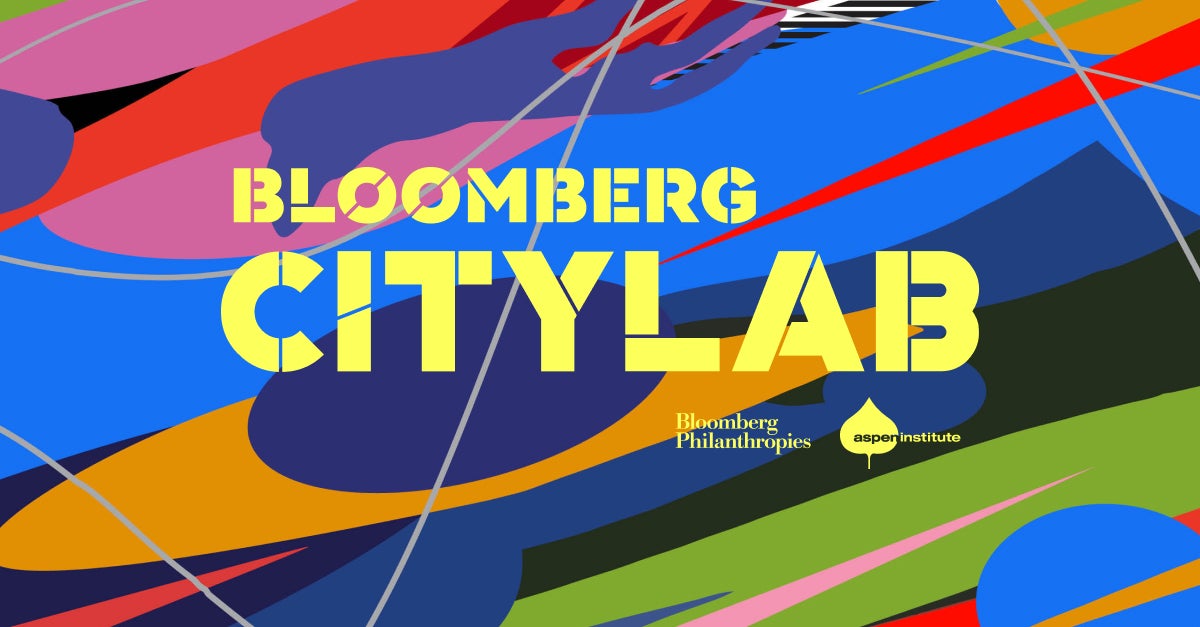The final set of interviews in our Listening to Inclusive Innovators series addresses civic engagement. These interviews are powerful on their own, and also serve as great counter-points to the previous set of posts on co-creation.
As before in this series, I asked practitioners–two government officials, founders of gov-tech start-ups, a leader in community organizing and participatory budgeting, and a university official–five questions about civic engagement:
- How do you define civic engagement?
- Why does civic engagement matter?
- Where is civic engagement most difficult, and how do you deal with that?
- Tell me about a time that civic engagement led to a surprising outcome, and what happened next.
- How do you measure success?
These interviews reveal three important lessons for creating and implementing inclusive and effective civic engagement:
1) Civic engagement is an ongoing, continual responsibility of institutions. Grayce Liu, a Los Angeles official, emphasizes that civic engagement is not promotion or outreach, or a one-way broadcast about government activity. Instead, she says, “For engagement to really have an impact, it needs to be an ongoing dialogue and not just a one-off letter or public comment.”
Maria Hadden, a community non-profit leader, agrees on the necessity of shifts in government culture. “The difficulty is maintenance…people want to have a solution for civic engagement, then things change. But, a lot of times, government doesn’t change.”
Universities, both public and private, also have a responsibility to do civic engagement right. Universities play foundational roles as anchor institutions in cities and have enormous economic and real estate powers. Yet, they can seem opaque, insulated, and non-responsive to outsiders. Robin Bachin, a history professor who founded the Office of Civic and Community Engagement at the University of Miami, says, “The most important thing is understanding civic engagement as relationship building that fosters an ethic of reciprocity and a culture of collaboration.”
2) Robust civic engagement, like co-creation, requires culture change. Civic engagement is about listening and learning on the part of institutions, and requires humility. Josh Carpenter, a City of Birmingham official, speaking from his experience at the University of Alabama at Birmingham, reinforces this point.
It requires patience [to change] the way institutions deploy resources and expect a quick return on that investment, and patience from members of the community who need to understand that yeah, not only do we not know what we’re talking about, we don’t know that we don’t know what we’re talking about a lot of times, and we’re going to need help. That unfolding relationship is so important, and it requires building trust, [and] a lot of vulnerability.
3) Good civic engagement requires governments and institutions to show how residents’ input is being used. Civic engagement, whether in person or online, is a forum for frustration, fear of change, inefficacy, and anger, on the part of government, institutional officials, and city residents. If governments or institutions aren’t providing feedback about how they are using residents’ input, those unresolved emotions build and spill over in the next engagement. Nick DeMonner, talking about his experience running a constituent services software company for local, municipal, and state governments, describes how he’s seen so many instances of constituents writing back to their customers about how great the service has been even when the city has said no. As he describes, “The constituent writes back and says, ‘I never expected a person to respond. Thank you for considering it, and let me know if anything changes.’”
Karin Brandt, who runs a gov-tech company focused on civic engagement, also stresses the importance of showing people that they have been heard, explaining:
The best way to drive and sustain engagement is to be responsive. The worst outcomes happen when people provide input and it goes into a black box. If a project team doesn’t respond, doesn’t iterate on their plans based on that feedback, or doesn’t let people know how they’ve added value, the likelihood that those community members are going to engage again decreases dramatically.
Feedback helps with the maintenance problem non-profit leader Maria Hadden identified. As she says, “When people can see civic engagement as something that’s benefiting them and their community and their cities overall, they put resources, time, space and energy toward it, which can help with maintenance.”
My working hypothesis, after doing these interviews and the co-creation interviews, is that good civic engagement creates the trust, empathy, and knowledge that underpin co-creation. Both require a willingness to listen and to cede power. Perhaps most importantly, both call on people to get comfortable with being uncomfortable. That usefully brings us back to where we started: if our values never cause discomfort or drive hard choices, we should ask whether we’ve chosen the right ones.
Jennifer Bradley is the Founding Director of the Center for Urban Innovation at the Aspen Institute. The Center was created in 2015 to connect and support leaders from government, business, non-profits and philanthropy who want to drive inclusive innovation in America’s cities and metropolitan areas.
This blog series is supported by the Citi Foundation, a vital early supporter of the Center for Urban Innovation at the Aspen Institute. With the Citi Foundation’s help, the Center convened leading-edge practitioners to develop a shared set of principles to guide a cross-sector approach to inclusive innovation in low- and middle-income neighborhoods, and to determine how the Aspen Institute could support this practice.


